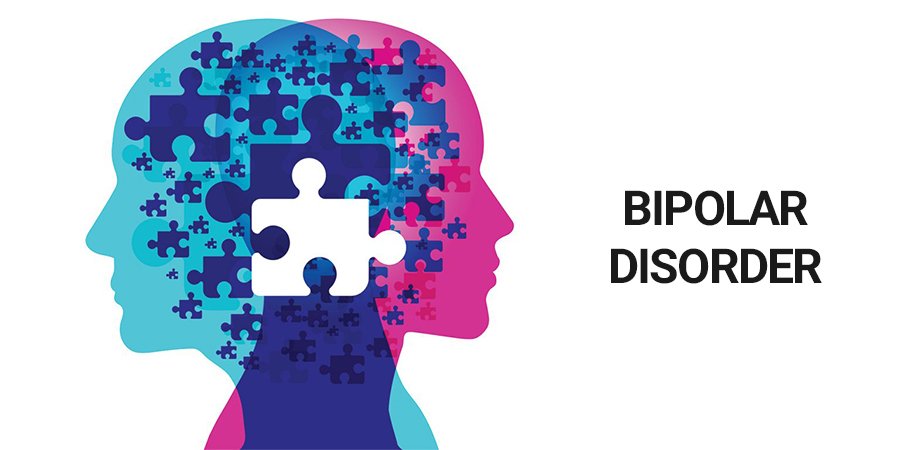Types of Tardive Dyskinesia Syndrome


What Is Tardive Syndrome?
Tardive syndrome is a group of neurological movement disorders often caused by dopamine receptor-blocking agents, such as antipsychotics.
Tardive Dyskinesia
Tardive dyskinesia is a movement disorder distinguished by a range of involuntary and repetitive muscle movements in the face, neck, arms, and legs.
Tardive Akathisia
Tardive akathisia refers to feelings of inner restlessness and a compulsion to be in constant motion, resulting in an inability to sit still. People may pace, fidget, or rock on each foot.
Tardive Dystonia
Tardive dystonia involves involuntary movements and muscle contractions characterized by twisting into sometimes painful positions, such as head tipping back or trunk arching. Tardive dystonia tends to have a younger mean age of onset than tardive dyskinesia.
Tardive Tremors
Tardive tremors involve shaking movements usually in the hands or arms, they but can also affect the legs, feet, and head. People with tardive tremors may also have voices that sound shaky.
Tardive Tics
Tardive tics involve brief motor or muscle movements or vocal sounds that occur involuntarily and repeatedly.
Editorial Sources & Fact-Checking
- Waln O, Jankovic J. An update on tardive dyskinesia: from phenomenology to treatment. Tremor and Other Hyperkinetic Movements (NY). July 2013.
- Munetz MR, Cornes CL. Distinguishing akathisia and tardive dyskinesia: a review of the literature. Journal of Clinical Psychopharmacology. December 1983.
- Fariba KA, Estevez R. Tardive Dystonia. In: StatPearls [Internet]. Treasure Island (FL): May 2022.
- Treatment of Tardive Syndromes. American Academy of Neurology. July 2013.
Medically Reviewed by Allison Young, MD (June 16, 2022)
Originally posted July 14, 2022
The post Types of Tardive Dyskinesia Syndrome appeared first on bpHope.com.